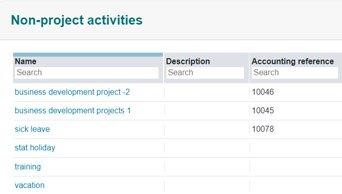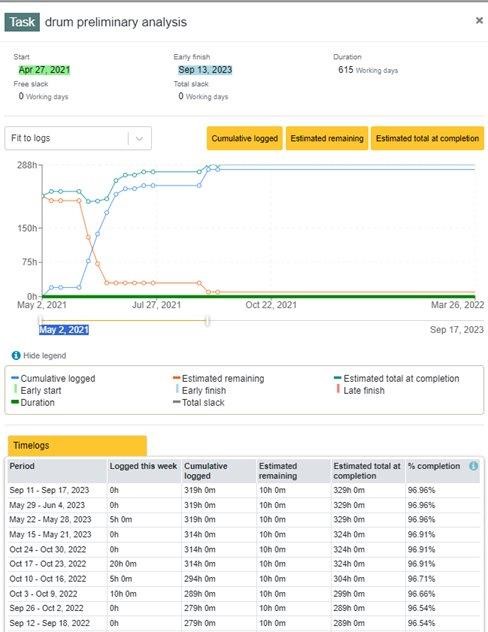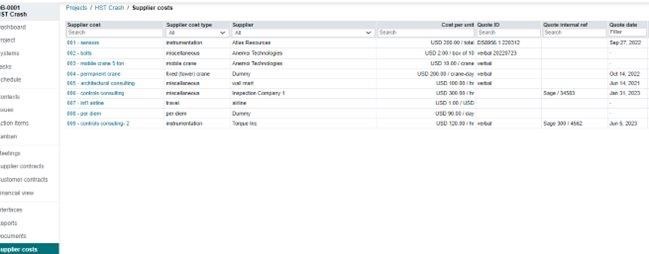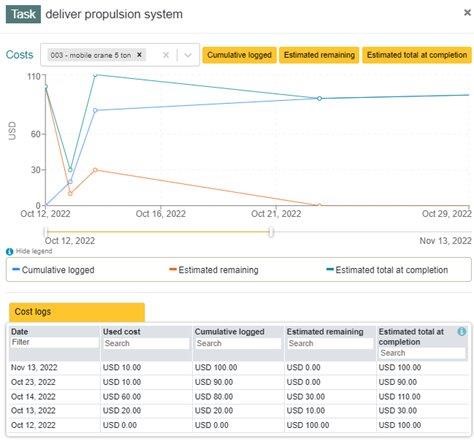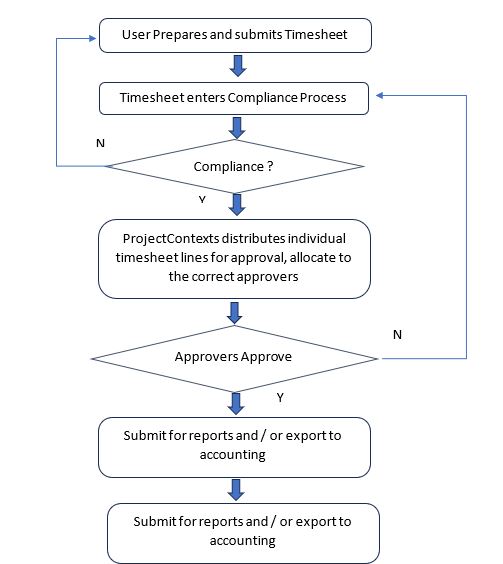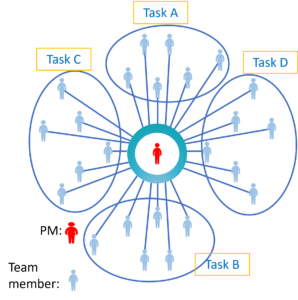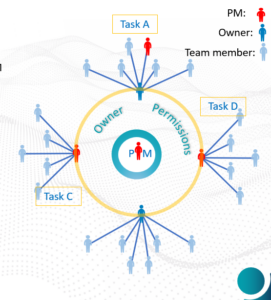As a seasoned Project Manager, I understand the challenges that come with handling multiple currencies within a single project. In today’s global business landscape, it’s not uncommon for a US-based engineering company to secure contracts overseas, adding layers of complexity to financial management.
The Currency Conundrum
Let’s consider a scenario: You’re managing a significant project for a German client, with the contract denominated in Euros. The catch? Your labor resources are based in the US, and certain services are subcontracted to a Canadian engineering firm, invoiced in Canadian Dollars (CAD). Juggling these diverse currencies can quickly become a headache if not managed effectively.
The Currencies in Play:
- Accounting Currency (USD):
- This is the company’s standard currency, including labor costs, making it easier to track and manage.
- Project Currency (USD or Euro):
- A crucial decision for Project Managers. In ProjectContexts, the default is set to the Customer contract’s currency, streamlining the project’s financial overview.
- Supplier Contract Currency (Any):
- Recognizing that supplier contracts may vary, ProjectContexts allows flexibility in choosing any currency as per the contractual agreement.
The ProjectContexts Advantage
In addressing these challenges, ProjectContexts offers a powerful solution, ensuring transparency and efficiency in managing currencies. Here’s how:
Currency Exchange Utility (See Figure 1)
ProjectContexts includes a transparent currency exchange utility that automatically updates exchange rates every 24 hours. This feature simplifies the currency conversion process, seamlessly integrating it into the report generation.

Streamlining Financial Oversight
With ProjectContexts, Project Managers gain the ability to:
- Choose Relevant Currencies:
- Select the accounting, project, and supplier contract currencies that best suit the project’s needs.
- Real-Time Exchange Rates:
- Enjoy the convenience of up-to-date exchange rates, ensuring accurate and timely currency conversions.
- Effortless Cashflow Reports:
- Generate comprehensive reports with transparent currency conversions, providing a holistic view of project finances.
Your Next Step: ProjectContexts Free Trial
Ready to simplify your project management experience? Sign up for ProjectContexts’ free trial today. Experience firsthand how our innovative approach to currency management can transform the way you handle global projects. Embrace efficiency, transparency, and control – all in one comprehensive project management solution.
Sign up today for your Free Trial of ProjectContexts platform!!























